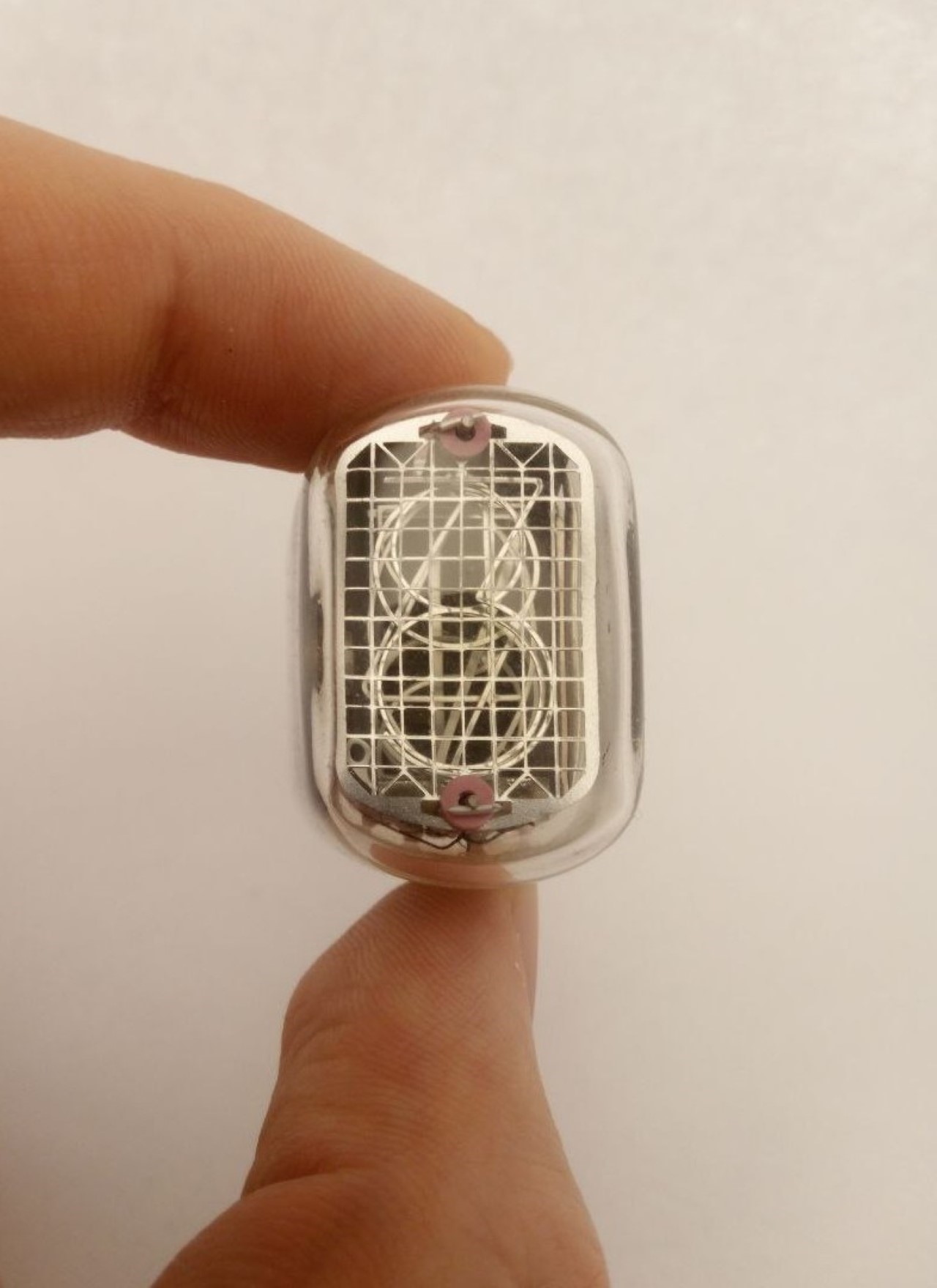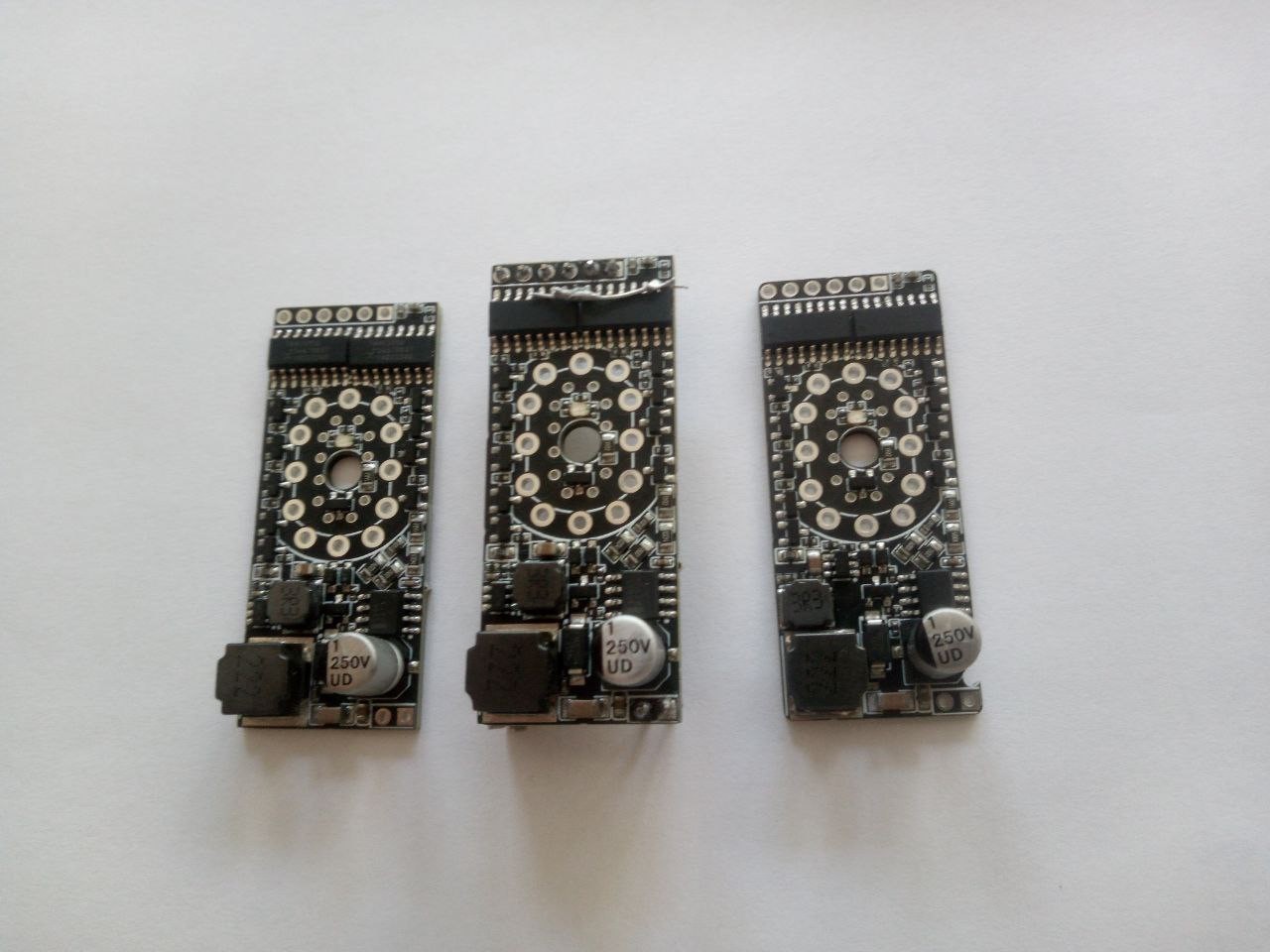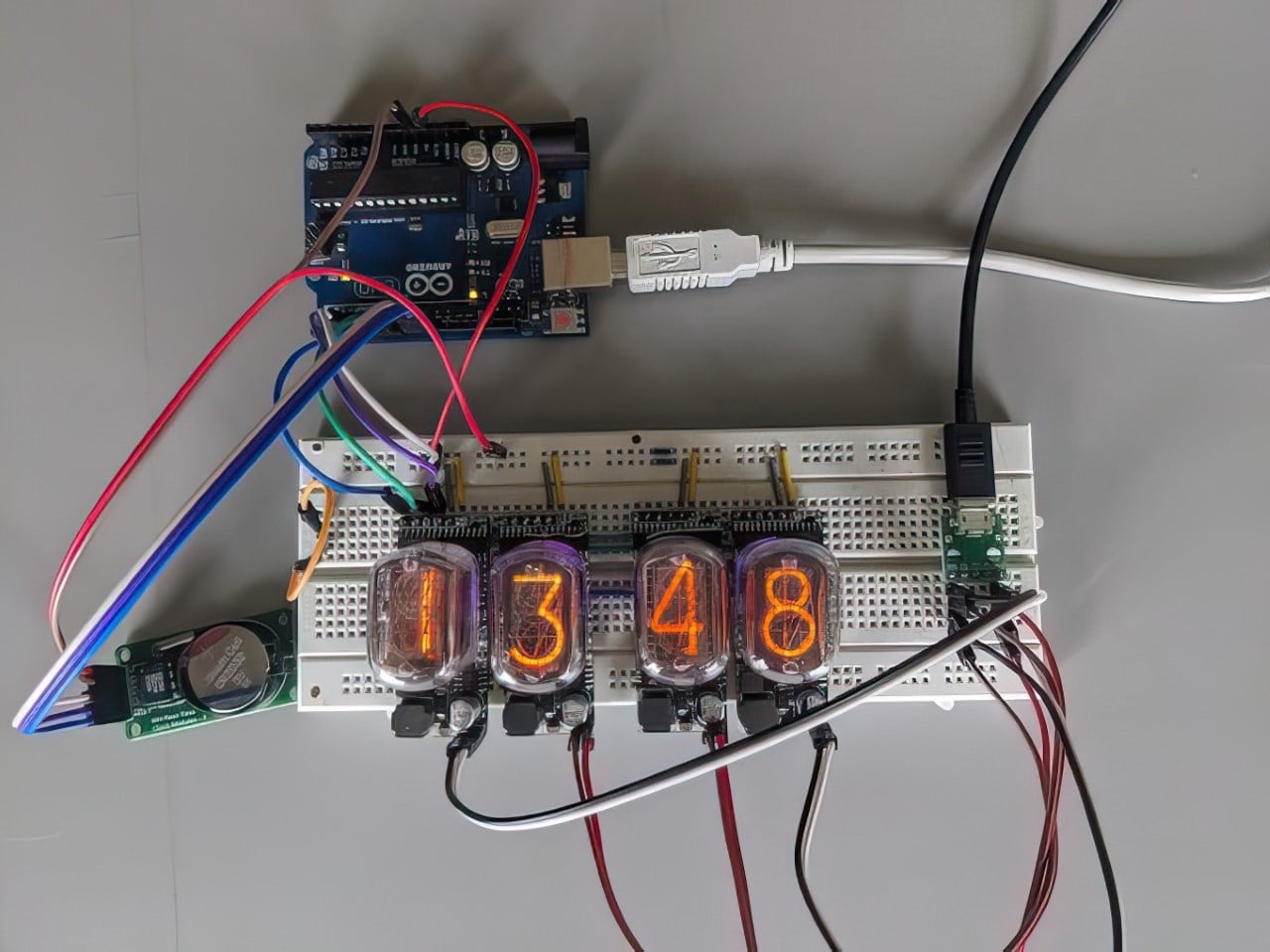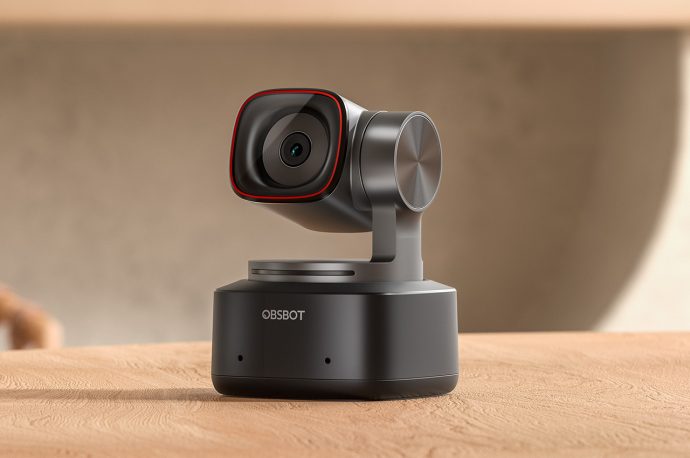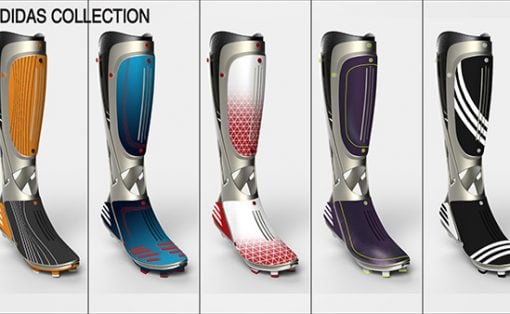Nixie tubes, also known as “cold cathode displays,” were once commonplace in electronic devices, particularly in the mid-20th century. These glass tubes, filled with a noble gas like neon, emit a warm, orange glow when an electric current passes through them. They were used to display numbers, letters, and symbols in an era before LED and LCD screens took over.
In recent years, nixie tubes have experienced a resurgence in popularity, captivating the hearts of enthusiasts and designers alike. Keen-eyed enthusiasts will remember seeing these tubes in Oppenheimer, in the limited HBO series Chernobyl, and even briefly in Netflix teen drama Wednesday. There’s something just beautiful about how steampunk these tubes look and it isn’t surprising that people are looking to bring them back (at least culturally!) However, it isn’t as easy as plugging a Nixie tube into a USB port – the old technology requires high voltage and needs to be used rather delicately to work flawlessly. Enter EasyNixie, an Arduino-compatible low-voltage nixie tube driver module designed to make integrating nixie tubes into your creations more accessible than ever.
Designer: Aleksei Karavaev
Click Here to Buy Now: $26 (Single PCB Module) Hurry! Only 36 hours left!
EasyNixie serves as the conduit between the vintage allure of Nixie tubes and the contemporary convenience of Arduino compatibility. It’s a thoughtfully designed module that invites creators of all levels to dive into a world filled with inventive possibilities. At the core of EasyNixie’s appeal is its stackability feature, a clever solution that provides a much easier alternative to the confusing maze of wires that most Nixie tubes have running behind them. By allowing multiple Nixie displays to connect using a minimal amount of data pins, EasyNixie paves the way for intricate and creative designs without the hassle of tangled wires… and while traditional Nixie tubes are known for their high-voltage demands, EasyNixie takes a step in a new direction by operating efficiently at low voltages, as low as 3.3V to be precise. It takes on the complexities of voltage conversion, simplifying the power supply setup, which is a breath of fresh air for many creators.
The user-friendly design makes the EasyNixie perfect for Arduino-enthusiasts looking to get in on the steampunk action. Providing an Arduino library along with a suite of examples, it streamlines the process of interfacing with nixie tubes, making it accessible for both beginners and advanced users. This feature shifts the focus squarely onto creativity, ensuring a smoother journey from idea to execution. Moreover, the compatibility of EasyNixie is a robust highlight, designed to mesh seamlessly with various popular Nixie tube models including IN-12A, IN-12B, IN-15A, IN-15B, IN-17, and more. This versatile attribute opens up a realm of possibilities for projects, giving you the freedom to choose the perfect tube to align with your vision. The PCB module is also designed keeping safety in mind. High voltages can often lead to high heat, which is why EasyNixie has features like thermal shutdown protection and safety fuses, ensuring the smooth and secure operation of your projects.
EasyNixie is the brainchild of Aleksei Karavaev, an electronics enthusiast deeply passionate about microcontroller programming. “I have been fascinated by nixie tubes ever since I discovered what they are,” Karavaev mentions. “So strange, so old school, so ‘warm’. Unfortunately, they are also hard to control and can be dangerous if not handled properly.” EasyNixie was born as a means to help make working with Nixie tubes easy again. Technology either becomes consumer-friendly or becomes obsolete and for the longest time, Nixie tubes sat in the latter category. The $26 PCB module changes that perception, allowing you to hook your vintage Nixie tubes to tiny Arduino PCs and make a variety of fun gadgets, from clocks and multimeters to funky displays that show your YouTube or IG subscribers in real-time… or if you’re still on the crypto train, the current price of Bitcoin!
Click Here to Buy Now: $26 (Single PCB Module) Hurry! Only 36 hours left!
Click Here to Buy Now: $26 (Single PCB Module) Hurry! Only 36 hours left!



